Skype: neodalle-travel
Tel: +86 135 7447 2266
E-mail: sales@visitaroundchina.com
|
Oyster Omelet (蚵仔煎, Ke Zai Jian) The oyster omelet is widely known for its savory taste. The dish consists of an omelette with a filling commonly made of small oysters, eggs and scallions, and a sauce poured on top of the omelet for added taste. |
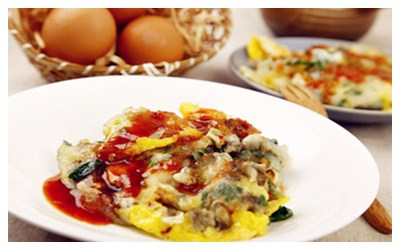 |
| Drunken chicken Drunken Chicken is a traditional dish in eastern Fujian's Fuzhou city. It is made from braised chicken with red yeast rice and wine. With a lustrous reddish colour, the chicken tastes tender, and the wine gives it a rich mellowness. |
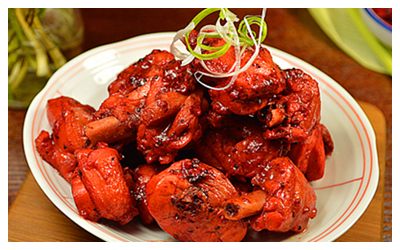 |
|
Kompyang (光饼, Guang Bing) |
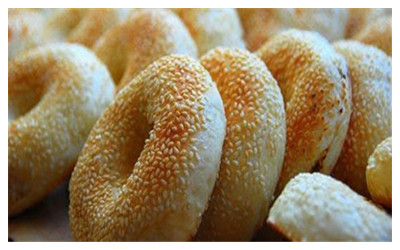 |
| Fish balls These might be the most iconic staple of Fuzhou cuisine. They are made from fish with a minced pork filling and can be found in all restaurants that serve local specialties. They are also often enjoyed as a simple, small snack in a street food setting. |
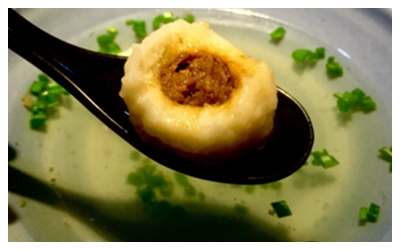 |
| Litchi Pork (Lychee pork) This traditional dish consists of small, round pieces of pork and sliced water chestnut, served in a sweet and sour sauce. In typical Fujian style, red wine lees are used to give it its red-to-orange color and add flavor. The shape and color of the end product resembles lychee skins, hence the name. There is a legend attached to the dish: One of the consorts of a Tang Dynasty emperor came from faraway Fujian and was often homesick, and only the lychees of her hometown could soothe her. Therefore, the imperial cook came up with a way of cooking meat so that it resembled these lychees, afterwards becoming a delicacy in the palace. The chef later fled to Fujian after a rebellion, popularizing it there. |
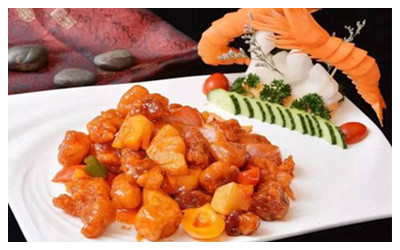 |
|
Buddha Jumps over the Wall |
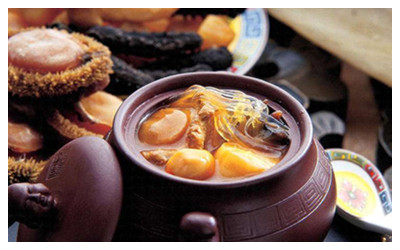 |
A poet friend of the traveler therefore gave it the name "Buddha jumps over the wall", claiming that even Buddha himself would jump over the wall to eat this delicious dish.
 Ask Questions ?
Ask Questions ?